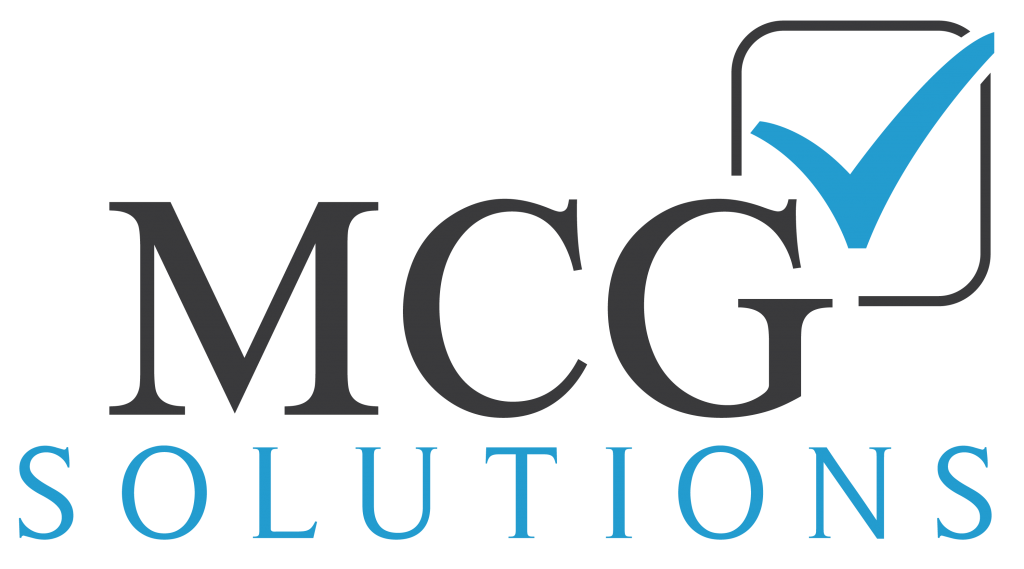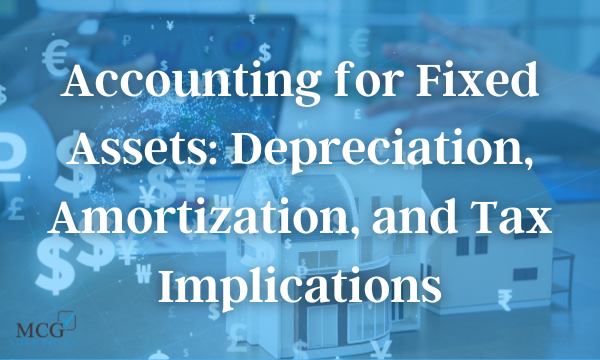For any small business owner, keeping track of your finances is key. Good financial records give you a clear picture of your assets, liabilities, and your company’s overall financial health But when it comes to fixed assets—things like buildings, equipment, and even software—valuation can get a little tricky. This is where understanding depreciation, amortization, and their tax implications can benefit you.
Fixed assets are long-term investments that your business uses to operate. They don’t get used up like inventory, but their value does decline over time due to wear and tear, obsolescence, or even just the passage of time.
Depreciation vs. amortization
There are two main ways to account for the decreasing value of fixed assets: depreciation and amortization. They might sound similar, but there’s a key distinction:
- Depreciation: This applies to tangible assets with a physical form, like buildings, machinery, and furniture. You spread the cost of the asset over its estimated useful life. Each year, a portion of the cost is recorded as an expense on your income statement, reducing your taxable income. The Internal Revenue Service (IRS) provides guidelines for different asset classes and useful lives.
- Amortization: This is used for intangible assets that lack a physical form, like patents, copyrights, and software licenses. Similar to depreciation, you spread the cost of the intangible asset over its useful life, but as an amortization expense instead. Intangible assets often have finite legal lives, such as the term of a patent or copyright, which factors into how to calculate amortization.
Tax advantages
By properly accounting for depreciation and amortization, you can significantly reduce your taxable income. This translates to lower tax bills, freeing up valuable cash flow to reinvest in your business growth or other strategic initiatives.
While depreciation and amortization offer tax benefits, calculating them can get complicated— especially if you’re new to running a business. Here are some basic tips:
- Choose the right method: The IRS allows several depreciation methods, each with its own formulas and impact on your business taxes. Some common methods include straight-line depreciation, which spreads the cost evenly over the useful life, and accelerated depreciation methods, which front-load more of the depreciation expense in the early years.
- Estimating useful life: Accurately predicting how long an asset will remain useful for your business operations is crucial. This requires considering factors like the asset’s inherent durability, technological advancements that might render it obsolete sooner, and how often you use the asset.
- Staying up-to-date on tax regulations: Tax laws around depreciation and amortization can change, so keeping current is essential to ensure you’re taking full advantage of the available tax benefits and avoiding any errors that could lead to penalties. Outsourcing your tax preparation to MCG solutions is one easy way to ensure you’re on top of your taxes.
Understanding fixed asset accounting, depreciation and amortization empowers you to make informed decisions about your business. Whether you choose to handle the bookkeeping yourself or outsource it, having a solid grasp of these concepts is essential for any small business owner.
If you have further questions or would like to learn more about our bookkeeping and tax preparation services, reach out to MCG Solutions today.

